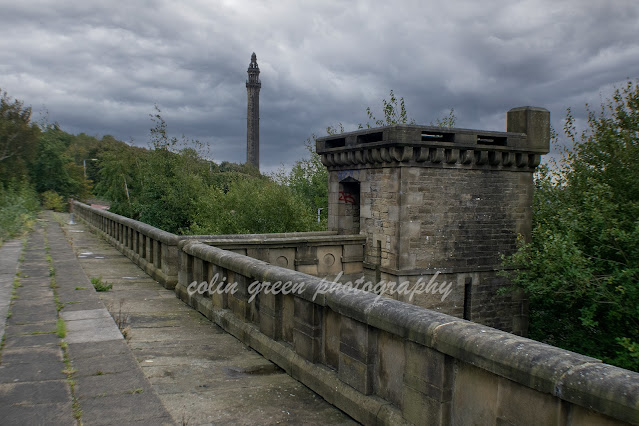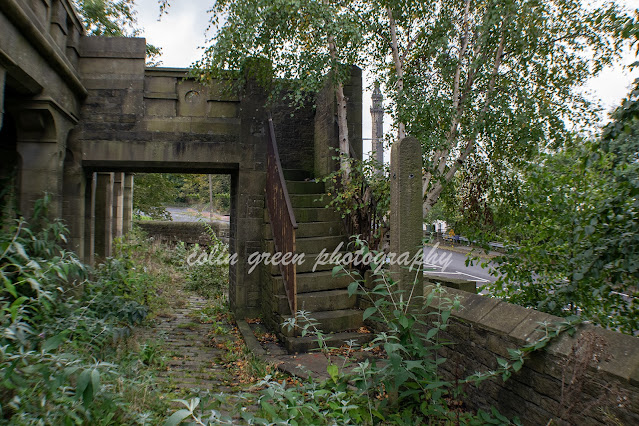Nestled between the bustling towns of Hebden Bridge and Mytholmroyd, a silent sentinel of the industrial past once stood: Walkley Clog Mill, also known as Canal Wharf Mills. These images capture the mill in its later years, a testament to its imposing presence and the passage of time before its tragic destruction by fire.
From these photographs, we can discern the formidable stone structure of the mill, characteristic of the industrial architecture of the Pennine region. Its multi-story facade, punctuated by numerous windows, some sadly broken or boarded up, speaks to a history of industry and the hands that once toiled within its walls. The sheer scale of the building is evident, dominating the landscape and hinting at the significant role it played in the local economy.
One image shows the mill standing proudly alongside the River Calder, which would have been a vital source of power and transport for the mill's operations. The juxtaposition of the weathered stone and the verdant foliage, with trees and undergrowth reclaiming parts of the structure, paints a picture of a building slowly being absorbed back into nature.
Another perspective reveals its prominent roadside position, suggesting its accessibility and importance as a hub of activity. The surrounding landscape, with its characteristic hills and greenery, further emphasizes the mill's integration into the rugged beauty of the Calder Valley.
While the images capture a building in decline, they also hint at its former grandeur and the stories it held within its thick stone walls. Walkley Clog Mill was more than just a building; it was a living piece of local history, a tangible link to the area's clog-making heritage and broader industrial past.
Sadly, this iconic landmark met a devastating end, consumed by fire. These photographs serve as a poignant reminder of what was lost, allowing us to reflect on the mill's architectural character, its historical significance, and the enduring legacy of the industries that shaped this corner of West Yorkshire. Though the mill itself is gone, its memory, and the stories embedded in its very foundations, continue to echo through the valley.
I took these pictures with a Nikon d3300 on the 21st July 2018, clicking any of them should open a link in another window to my Colin Green Photography store on Zazzle.
Please take a moment to share this post, follow me on social media, and explore my work on Clickasnap and Photo4Me using the links below, Your support means a lot!
































































